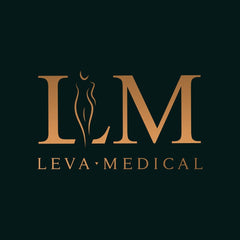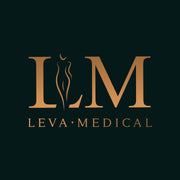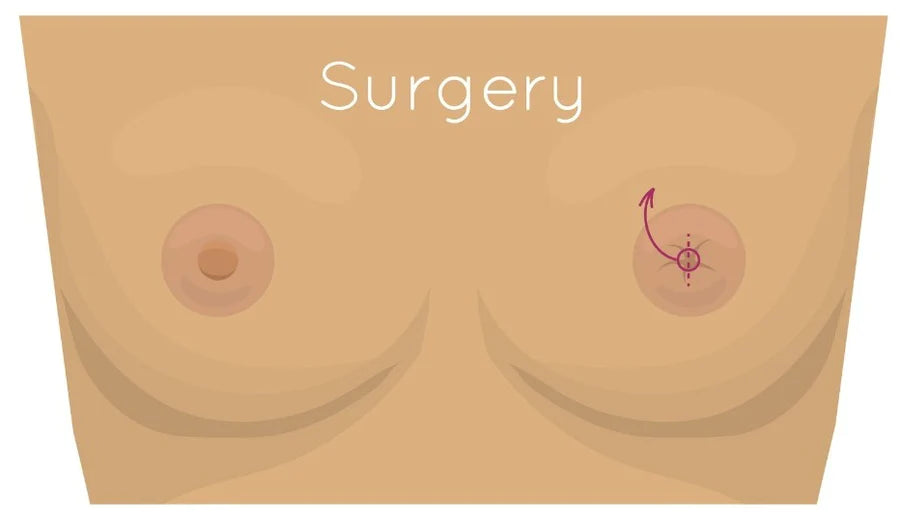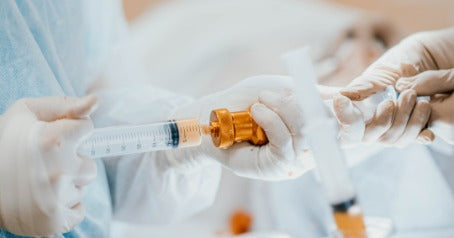Gynecomastia Pinch Test

Table of Contents
Gynecomastia: An In-depth Understanding and its Treatment
Gynecomastia, characterized by the enlargement of male breast tissue, often referred to as 'man boobs', can impact many men in various stages of their life. It's a relatively normal occurrence in young men and teenage boys due to hormonal imbalances during adolescence, but it can also develop in adults due to several factors such as obesity, hormonal changes, the usage of certain prescription drugs or illicit drugs, kidney or liver disease, and certain endocrine disorders.
Symptoms
A firm mass of disk-shaped tissue under the nipple-areola complex or a rubbery or firm mass that can be felt, are often the common symptoms of gynecomastia. Other symptoms might include tenderness, bloody discharge from the nipple, and in rare cases, pain.
Diagnosis
To diagnose gynecomastia accurately, doctors use a variety of methods including a detailed medical history, physical examination, and several other tests like blood tests to evaluate liver, kidney, and thyroid function, hormonal levels, and possibly imaging tests like mammograms or ultrasounds.
The Gynecomastia Pinch Test
The gynecomastia pinch test is a non-invasive, initial diagnostic method. In this test, the patient removes their shirt, and the doctor or healthcare professional will gently pinch or examine the breast tissue around the nipples and areolae for any rigid masses or movable tissue.
Interpreting the Results
The results of the pinch test can provide a preliminary understanding of the condition. The presence of a firm, disk-shaped tissue beneath the nipple could indicate true gynecomastia, while the presence of a soft, squishy, or movable tissue might suggest pseudogynecomastia, an enlargement of male breasts due to excess adipose tissue (fat), without the presence of actual glandular breast tissue.
Treatment Options

Pseudogynecomastia
For pseudogynecomastia, lifestyle changes such as a well-balanced diet and exercise, specifically, weight loss and building pectoral muscles, can help get rid of the excess fat.
Gynecomastia Surgery
In cases where the enlargement of the male breast is attributed to the proliferation of glandular tissue, or when lifestyle modifications do not yield the desired results, it's prudent to explore surgical intervention as an alternative. The surgical procedures meticulously tailored to address gynecomastia encompass liposuction, which targets the removal of excess fat and glandular tissue, and mastectomy, with emphasis on the double incision technique, to expunge the entire breast gland tissue. In the more severe cases, where the skin has been significantly stretched, the surgeon may also opt to carry out skin reduction. This is coupled with the repositioning of the nipple-areola complex to replicate the natural contours and features of the male chest, thereby achieving a more aesthetically pleasing outcome. These procedures are generally conducted by adept cosmetic surgeons who hold a specialization in gynecomastia treatment. It's worth noting that patients should also consider the surgeon's grades - their board certifications, expertise, and patient reviews - as these are paramount in ensuring that they are receiving the highest standard of care and skill during the procedure. Ultimately, the goal of these interventions is to bestow upon the patient a firmer, more sculpted male chest, enhancing not only their appearance but also their self-esteem and quality of life.
Psychological Impact
It's worth noting that although gynecomastia is not a life-threatening condition, it can cause psychological distress and embarrassment for the person suffering from it. Thus, obtaining a correct diagnosis and choosing the best treatment plan is crucial for patients aiming to return to a normal life. Consulting with a gynecomastia specialist and thoroughly understanding the condition and the potential treatments is a step in the right direction towards managing this condition effectively.


Frequently Asked Questions
How can I self-examine for gynecomastia?
- To self-examine for gynecomastia, stand in front of a mirror and observe your chest area for any visible changes such as enlarged breasts or nipple area swelling. Use your forefinger and thumb to gently feel for firm tissue or a hard lump within the breast area. You can also do this while lying on your back, as gravity may make the excess breast tissue more noticeable. Additionally, check for nipple discharge, itchiness, or tenderness. This initial evaluation should be done periodically, especially if you experience sudden changes, are going through puberty, or have certain medical conditions.
What should I do if I suspect I have gynecomastia?
- If you suspect you are experiencing male breast enlargement due to enlarged breast tissue or gynecomastia, it is crucial to consult a doctor or healthcare provider. The physician will perform a gynecomastia physical exam, and may prescribe endocrine hormone tests, including assessing your testosterone and estrogen levels. The doctor might also inquire about your lifestyle, alcohol consumption (as alcohol abuse can be a contributing factor), and medications you are taking. The doctor may also order radiologic images like a mammogram or ultrasound to investigate the underlying cause of the enlarged male breast tissue.
Can gynecomastia go away on its own?
- In some cases, especially those related to hormonal imbalance during puberty, gynecomastia may resolve on its own without treatment. However, this is not always the case, and it's important to remember that if an underlying illness is the cause, it needs to be addressed. In cases where gynecomastia is due to factors like obesity or drug-induced, making lifestyle changes like losing weight or discontinuing the problematic medication might reduce the enlarged male breasts.
What medications can cause gynecomastia?
- Certain medications, including anti-androgens, anabolic steroids, anti-anxiety medications, antibiotics, and some heart medicines, can cause gynecomastia. Additionally, drugs such as cannabis and medicines for depression or kidney liver diseases may also lead to male breast tissue enlargement.
Are there any non-surgical treatments for gynecomastia?
- Yes, treatments such as medication, hormone therapy, or lifestyle changes may be effective in some cases. For instance, medicines like aromatase inhibitors or tamoxifen can be prescribed to address hormonal imbalances that cause gynecomastia. Also, exercise, especially muscle building exercises, and a healthy diet can help reduce excess chest fat.
Is gynecomastia linked to breast cancer in men?
- Though rare, men with gynecomastia have a slightly higher risk of developing male breast cancer compared to men without gynecomastia. This is why it's important to perform self-examinations and consult a healthcare provider if any abnormality is detected.
What are the surgical options for treating gynecomastia?
- When lifestyle changes or medications are not sufficient to reduce enlarged male breasts, surgical intervention might be the only recognized permanent solution. Gynecomastia surgery, or male breast reduction surgery, includes liposuction to remove excess fat and breast glandular tissue, and in some cases a mastectomy, specifically double incision mastectomy, to remove the entire breast gland tissue. In severe cases, the cosmetic surgeon might also need to perform skin reduction and reposition the nipple-areola complex for a more natural-looking result. The goal of these gynecomastia plastic surgery procedures is to achieve a tight and contoured male chest.
How can I get a consultation for gynecomastia treatment?
- If you suspect you have gynecomastia and are considering treatment options, it's advisable to book a consultation with a cosmetic surgeon who specializes in gynecomastia. Dr. Jean-Paul Leva is a highly experienced cosmetic surgeon in this field. You can contact Dr. Leva’s office to schedule a consultation appointment and discuss your concerns and available treatment options.





